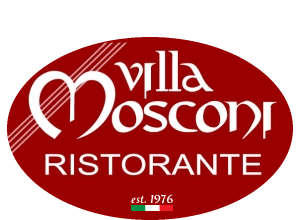The artichoke is an ancient plant with evidence of its existence as far back as the 8th Century BC. Its culinary and medicinal use was diffused by the Egyptians, Romans and Greeks. Even today all parts of the artichoke are used in different recipes including the stem, the heart and the choke.
The heart, of course being the most popular, is obtained by simply removing the stem (which, if tender, is sometimes left attached to the heart for certain recipes), cutting off a couple of centimeters from the top (enough to remove the pointy parts of the leaves) and plucking off the tough outer leaves. The stem is literally the stem that begins from the bottom of the heart and the choke is the soft, silky center of whitish and purplish leaves.

Besides being such a versatile food item that can be cooked in a wide variety of ways, the artichoke is also extremely beneficial to our health. It’s low in calories and rich in nutrients like iron and potassium. It also has a high ratio of minerals important in activating antioxidants. Its properties are of high interest in pharmaceutical research for treating high cholesterol and liver diseases. In order to take advantage of their nutritional benefits, the most important thing to keep in mind when using artichokes in a recipe is to not overcook them.
Obviously, with such versatile vegetable, Italians couldn’t make do with just a few recipes. There’s Carciofi alla romana, ripieni (stuffed), sott’olio, sott’aceto (pickled), pannati (breaded), al forno (baked), alla giudia (fried), etc….. And leave it to the famous poet Pablo Neruda to dedicate homage with a poem “Oda a la alcachofa”, or “Ode to the artichoke”.
Nothing less would do for a vegetable with an edible heart! You’ll understand why after you’ve tried one at Villa Mosconi.

